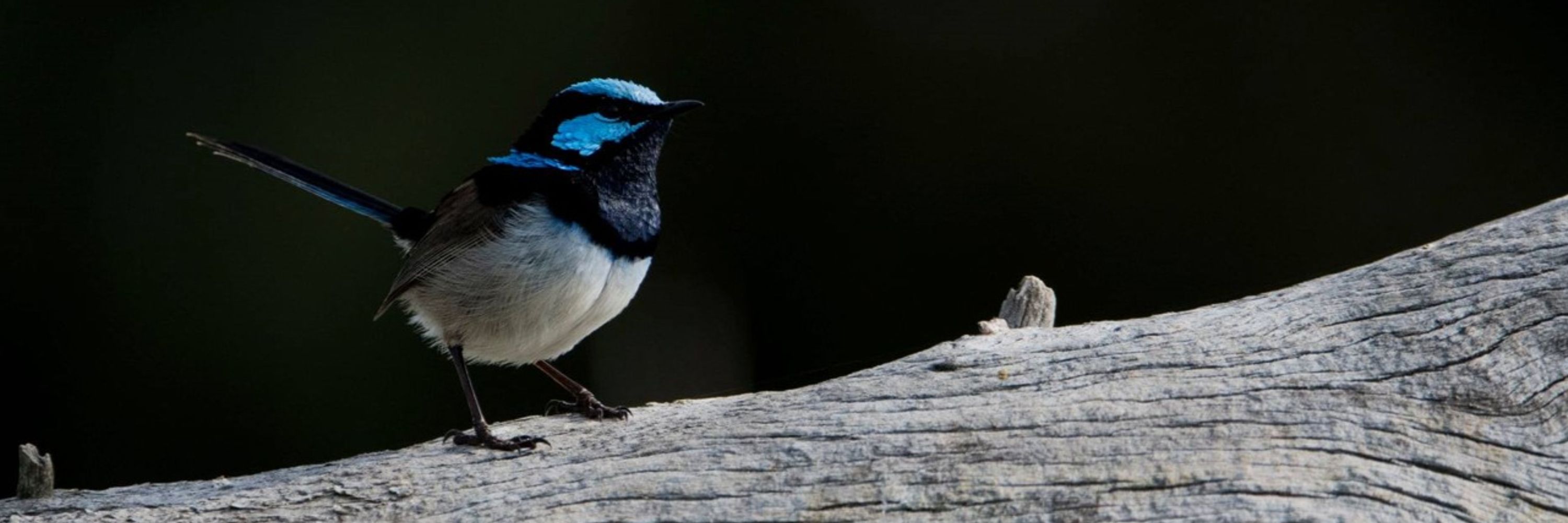
The first, on Burrator Forest in Devon, is out now and covers #livestock #grazing, #virtualfencing & benefits of #beavers 🐮🌳
👇
The first, on Burrator Forest in Devon, is out now and covers #livestock #grazing, #virtualfencing & benefits of #beavers 🐮🌳
👇
'Population density drives increased parasitism via greater exposure and reduced resource availability in wild red deer @rumdeerresearch.bsky.social'.
Proud to have played a small role on this one with an amazing team led by @hasikadam.bsky.social! 🦌🌱🪱
Read about it here 👇

'Population density drives increased parasitism via greater exposure and reduced resource availability in wild red deer @rumdeerresearch.bsky.social'.
Proud to have played a small role on this one with an amazing team led by @hasikadam.bsky.social! 🦌🌱🪱
Read about it here 👇
doi.org/10.1080/00063657.2025.2513542
#RaptorResearch #ornithology

doi.org/10.1080/00063657.2025.2513542
#RaptorResearch #ornithology
@btobirds.bsky.social #ukbirding

@btobirds.bsky.social #ukbirding
Last week, I helped to ring and process 46 Sand Martins 🪶 — under licence from the BTO — including 6 retraps that had safely returned to East Lothian from their overwintering grounds in W. Africa.
All wrapped up with a beautiful sunrise over the Forth. 🌅
Last week, I helped to ring and process 46 Sand Martins 🪶 — under licence from the BTO — including 6 retraps that had safely returned to East Lothian from their overwintering grounds in W. Africa.
All wrapped up with a beautiful sunrise over the Forth. 🌅
#phenology #ukbirding #ornithology 🪶
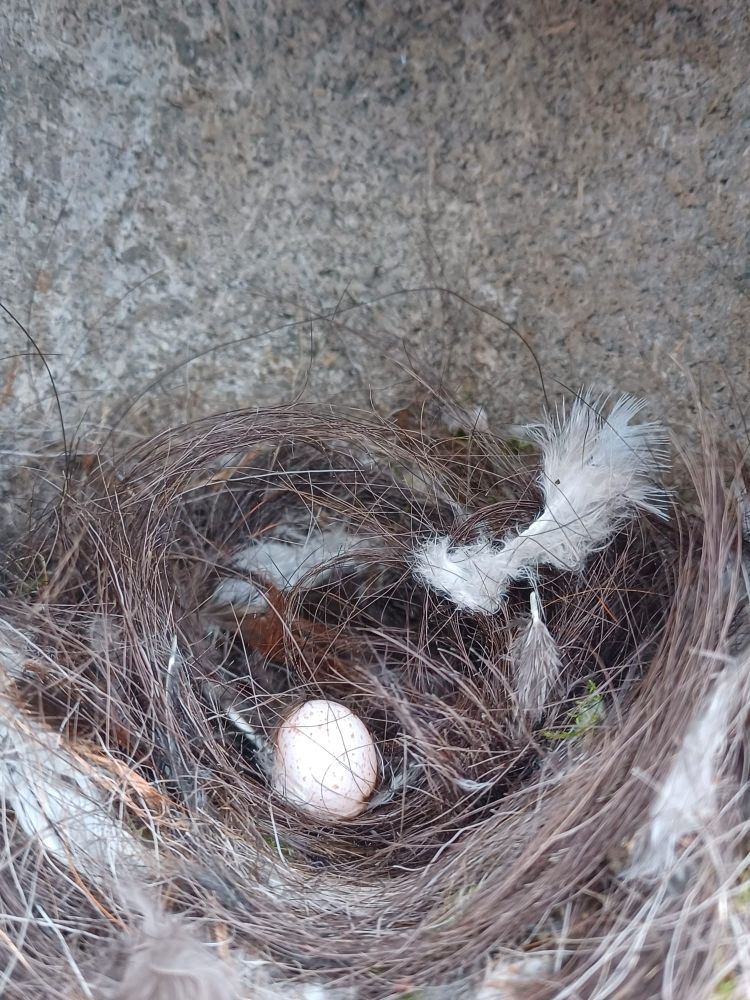
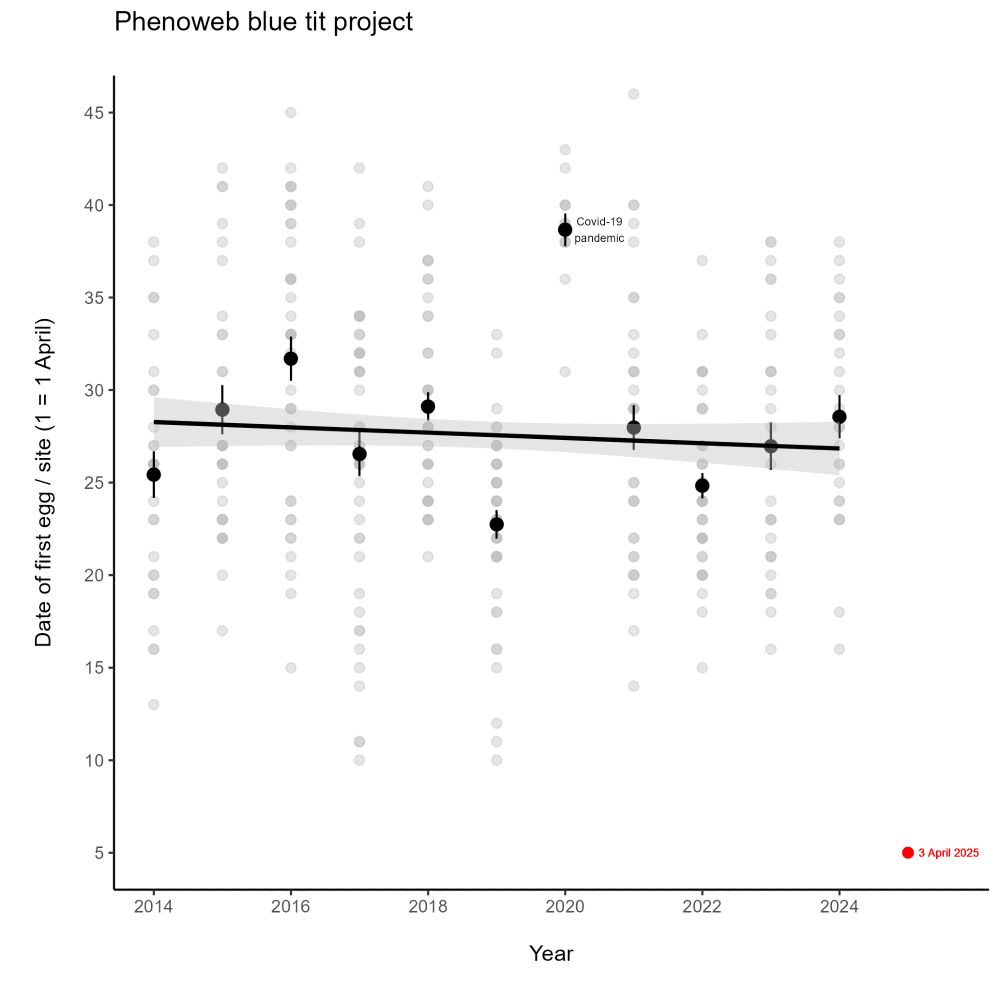
#phenology #ukbirding #ornithology 🪶
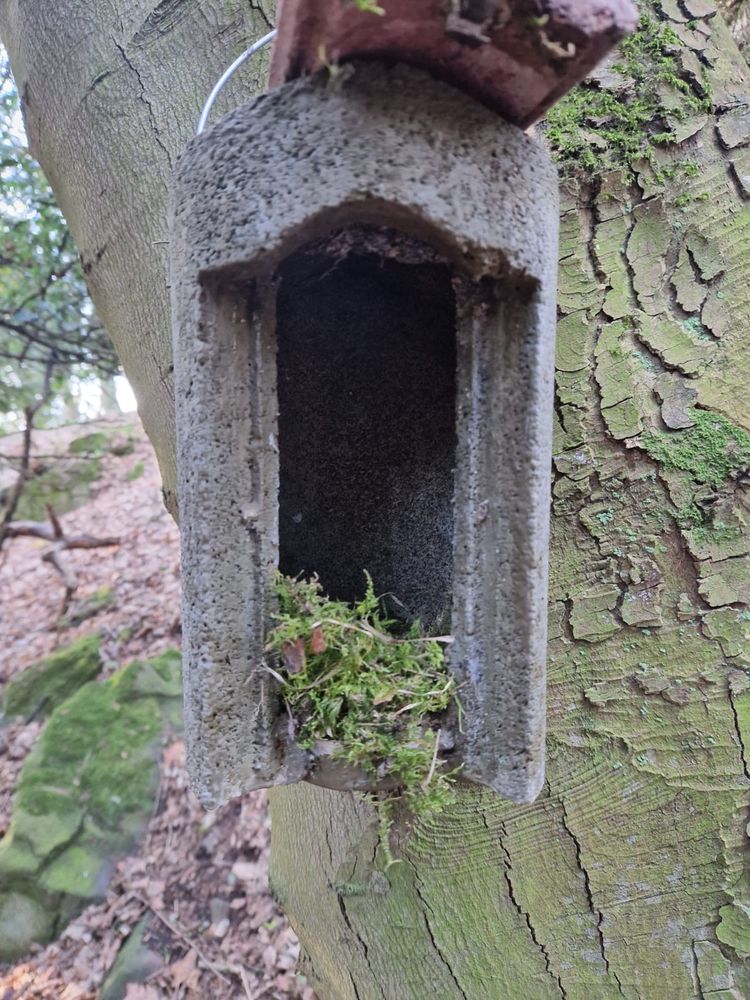
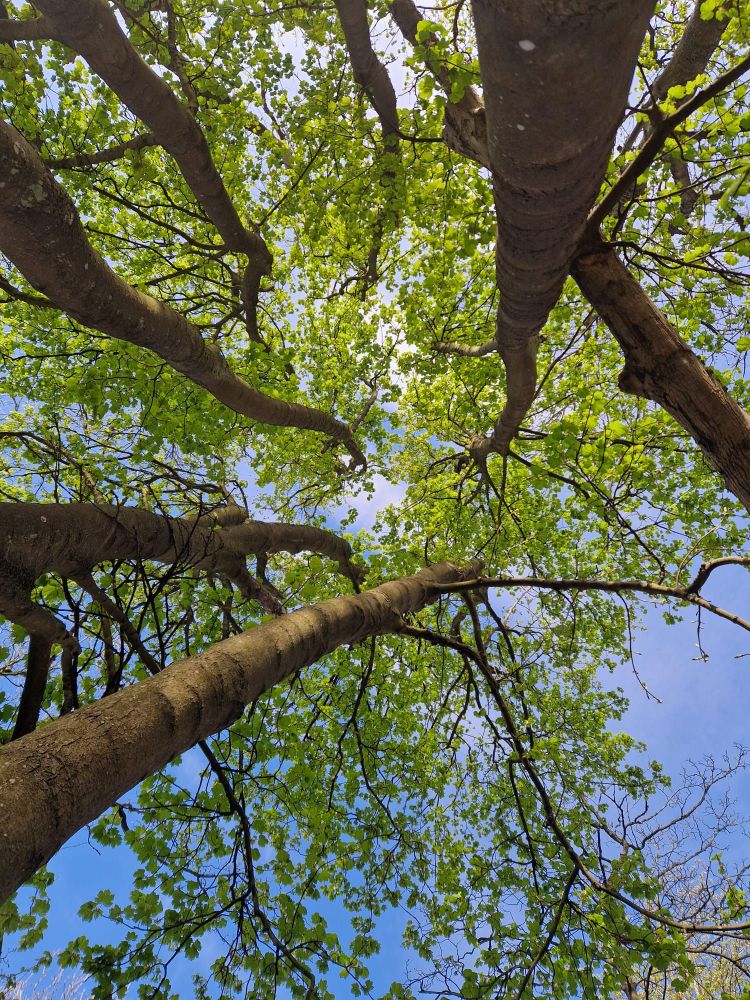
What a beautiful couple of days spent rambling around the Scottish Highlands checking nest boxes 🪹!

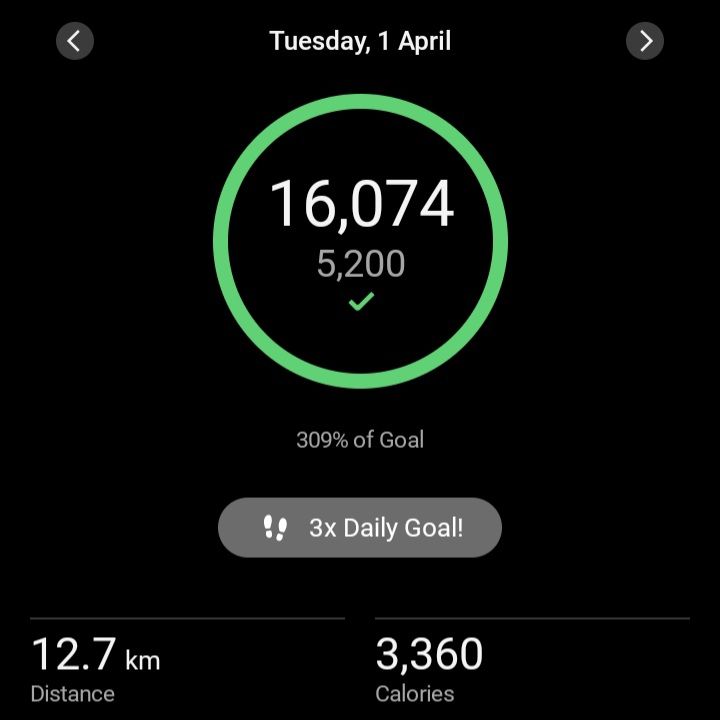

What a beautiful couple of days spent rambling around the Scottish Highlands checking nest boxes 🪹!
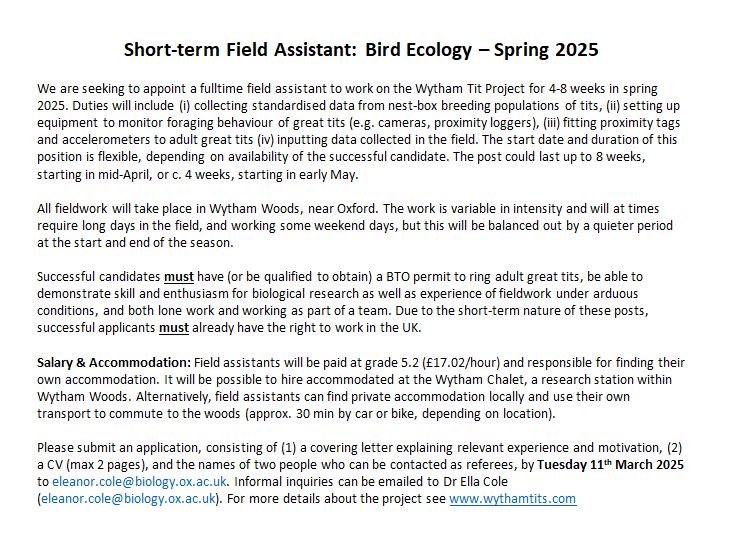
🌳-->🐛-->🐣
#ornithology #birds #ukbirding
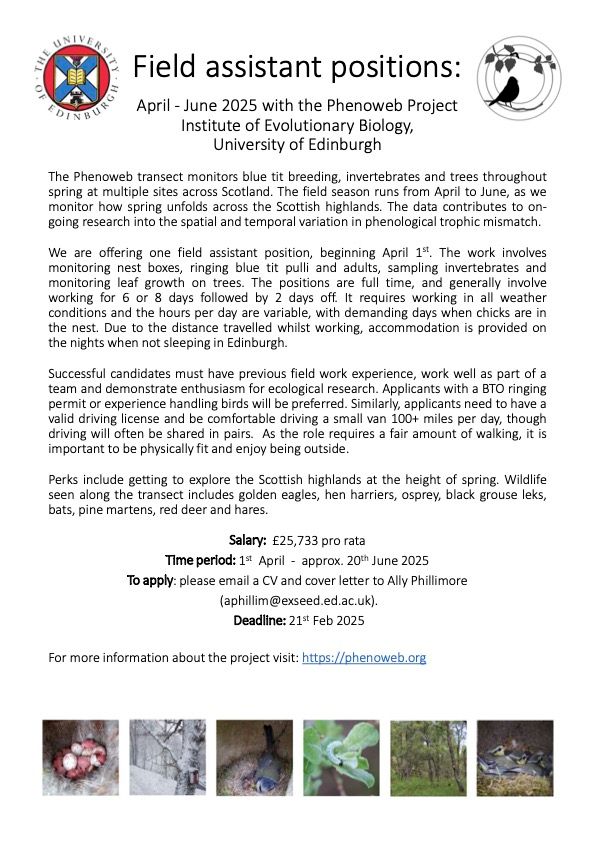
🌳-->🐛-->🐣
#ornithology #birds #ukbirding
All birds handled and ringed under licence.
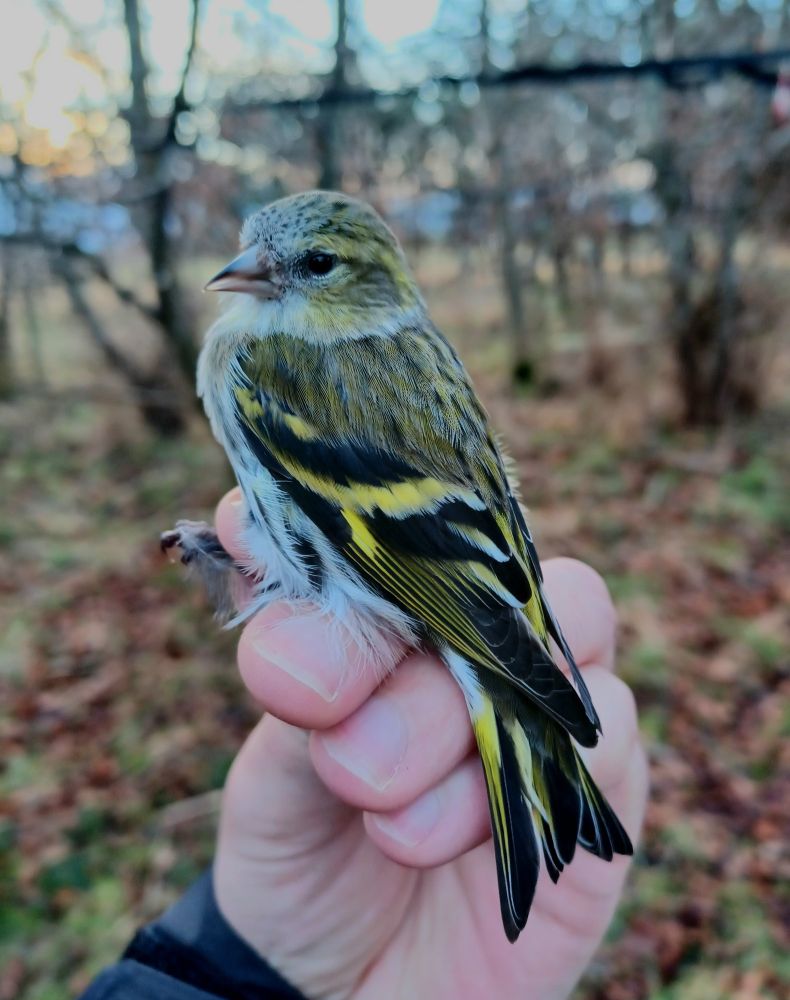
All birds handled and ringed under licence.
www.biorxiv.org/content/10.1...


www.biorxiv.org/content/10.1...
Go figure that and more at doi.org/10.1098/rspb...


Go figure that and more at doi.org/10.1098/rspb...
Nature isn’t a blocker; it’s the foundation of growth.
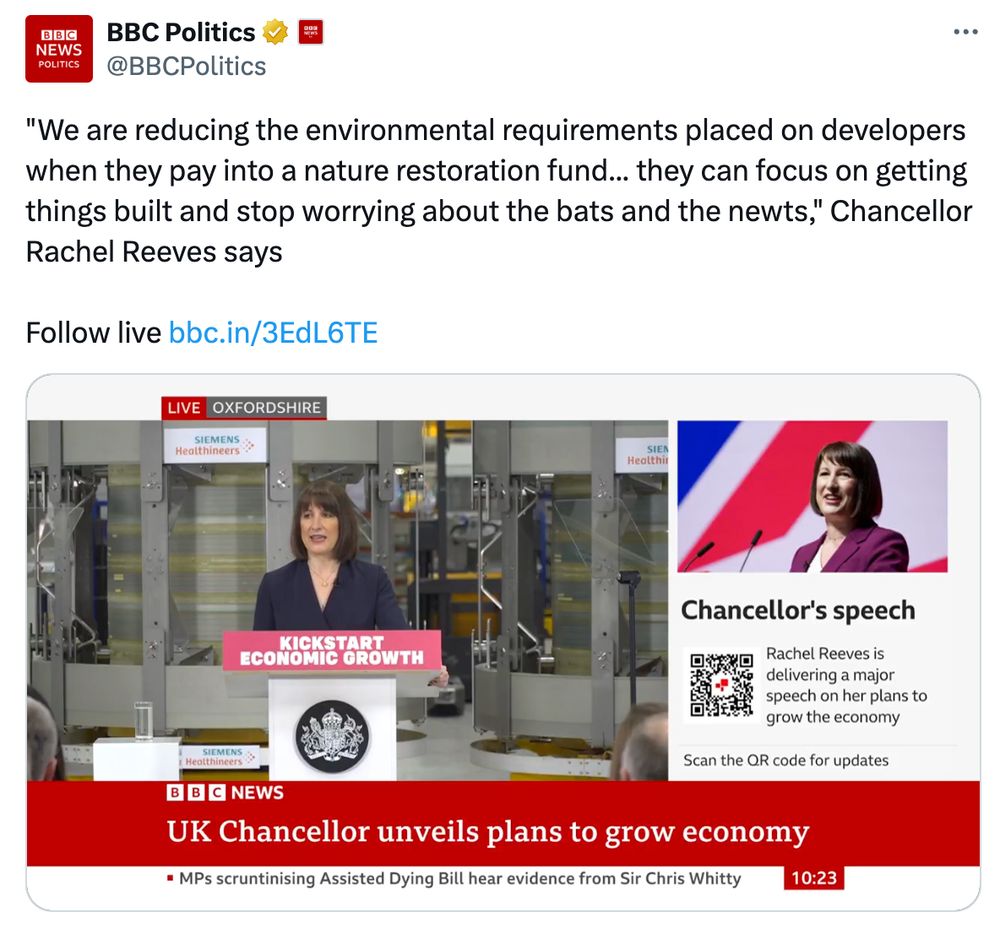
Full details for students ➡️ orlo.uk/Qe4jU
For colleagues ➡️ orlo.uk/G5y6y
Thanks for your understanding and please take care.
#MustBeNapier

Full details for students ➡️ orlo.uk/Qe4jU
For colleagues ➡️ orlo.uk/G5y6y
Thanks for your understanding and please take care.
#MustBeNapier
All handled and ringed under licence from @btobirds.bsky.social.
#birdringing #birdbanding #ornithology #UKbirding


All handled and ringed under licence from @btobirds.bsky.social.
#birdringing #birdbanding #ornithology #UKbirding
#ornithology #longtermstudy #superbfairywrens
@sramellini.bsky.social @franhckr.bsky.social #ornithology #birds #superbfairywren

#ornithology #longtermstudy #superbfairywrens

Kind of makes me want to go back to Australia to do a second PhD!
Join us at @scienceanu.bsky.social to work on an exciting project that was recently funded by the ARC.
Applications close 27th January. See our website for more details:
sites.google.com/site/drfarin...
Contact myself or @jamesklarevas.bsky.social for details.
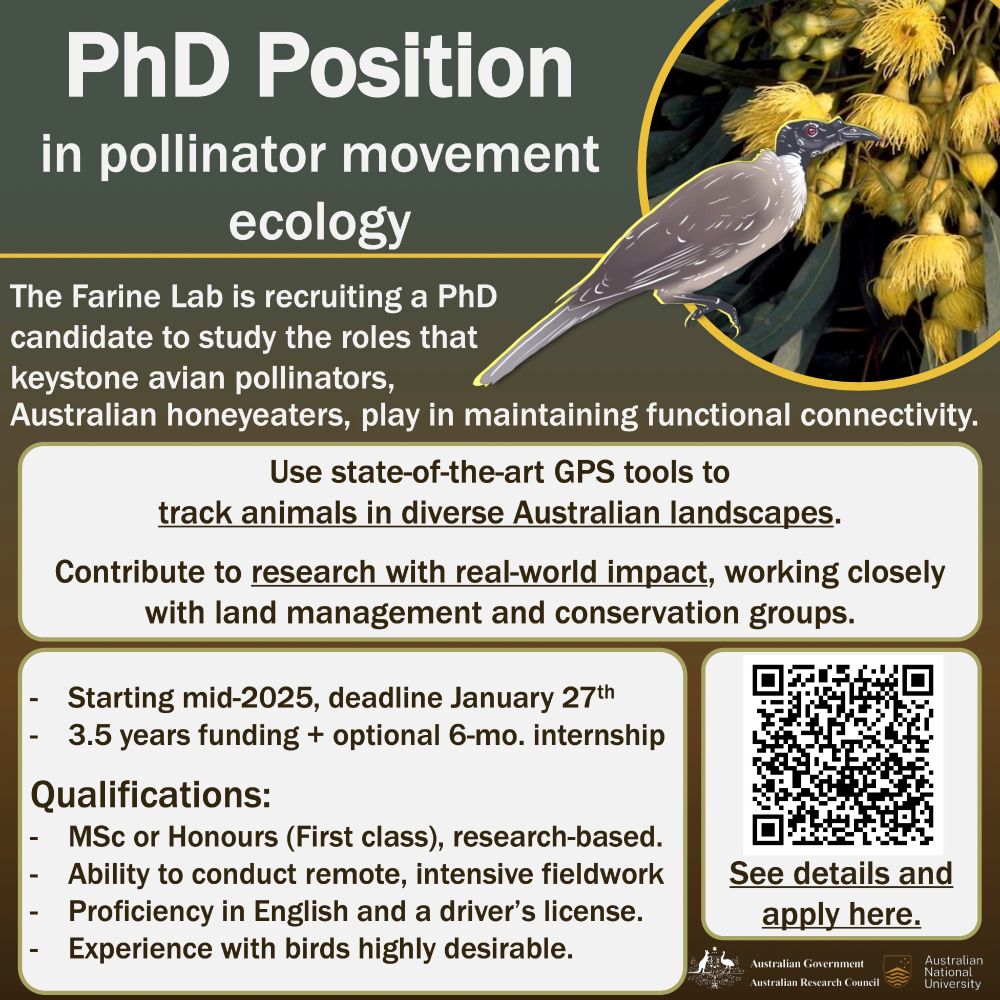
Kind of makes me want to go back to Australia to do a second PhD!
All birds handled and ringed under licence from @btobirds.bsky.social
#ukbirding #ornithology




All birds handled and ringed under licence from @btobirds.bsky.social
#ukbirding #ornithology
Please complete our short questionnaire (5-10 minutes): survey.napier.ac.uk/n/treeprotec...
1/4




Please complete our short questionnaire (5-10 minutes): survey.napier.ac.uk/n/treeprotec...
1/4


